We need your consent to use the individual data so that you can see information about your interests, among other things. Click "OK" to give your consent.
ASTM A736/A736M-12
Standard Specification for Pressure Vessel Plates, Low-Carbon Age-Hardening Nickel-Copper-Chromium-Molybdenum-Columbium Alloy Steel
STANDARD published on 1.11.2012
The information about the standard:
Designation standards: ASTM A736/A736M-12
Note: WITHDRAWN
Publication date standards: 1.11.2012
SKU: NS-3932
The number of pages: 3
Approximate weight : 9 g (0.02 lbs)
Country: American technical standard
Category: Technical standards ASTM
The category - similar standards:
Annotation of standard text ASTM A736/A736M-12 :
Keywords:
alloy steel, alloy steel plate, pressure vessel plate, low carbon, age hardening, pressure vessels, piping components, precipitation heat treated, nickel-copper-chromium-molybdenum-columbium, ICS Number Code 77.140.30 (Steels for pressure purposes)
Additional information
| 1. Scope | ||||||||
|
1.1 This specification2 covers low-carbon age-hardening alloy steel plates for welded pressure vessels and piping components. The specification covers nickel-copper-chromium-molybdenum-columbium steel. 1.2 Plates under this specification are available as follows: 1.2.1 Available in Grade A, Class 3 only. 1.2.1.1 Quenched and precipitation heat treated with a minimum specified tensile strength of 85 ksi for thinner plates and 75 and 70 ksi for thicker plates, with the minimum tensile strength dependent upon the plate thickness. The maximum thickness of Grade A, Class 3 plates is limited only by the capacity of the chemical composition and heat treatment to meet the specified mechanical property requirements; however, current practice usually limits the maximum thickness to 8 in. [200 mm]. 1.3 This specification is expressed in both inch-pound units and in SI units. However, unless the order specifies the applicable “M” specification designation (SI units), the material shall be furnished in inch-pound units. 1.4 The values stated in either inch-pound units or SI units are to be regarded separately as standard. Within the text, the SI units are shown in brackets. The values stated in each system are not exact equivalents. Therefore, each system must be used independently of the other. Combining values from the two systems may result in nonconformance with this specification. |
||||||||
| 2. Referenced Documents | ||||||||
|
Similar standards:
Historical
1.10.2010
Historical
1.5.2012
Historical
1.10.2010
Historical
1.5.2012
Historical
1.11.2010
Historical
1.10.2013
We recommend:
Technical standards updating
Do you want to make sure you use only the valid technical standards?
We can offer you a solution which will provide you a monthly overview concerning the updating of standards which you use.
Would you like to know more? Look at this page.


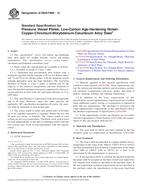
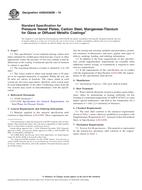 ASTM A562/A562M-10..
ASTM A562/A562M-10..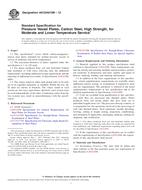 ASTM A612/A612M-12..
ASTM A612/A612M-12..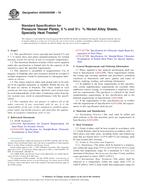 ASTM A645/A645M-10..
ASTM A645/A645M-10..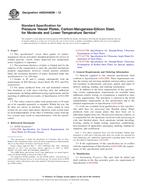 ASTM A662/A662M-12..
ASTM A662/A662M-12..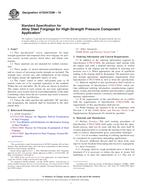 ASTM A723/A723M-10..
ASTM A723/A723M-10..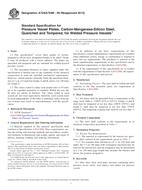 ASTM A724/A724M-09(2..
ASTM A724/A724M-09(2..
 Cookies
Cookies
